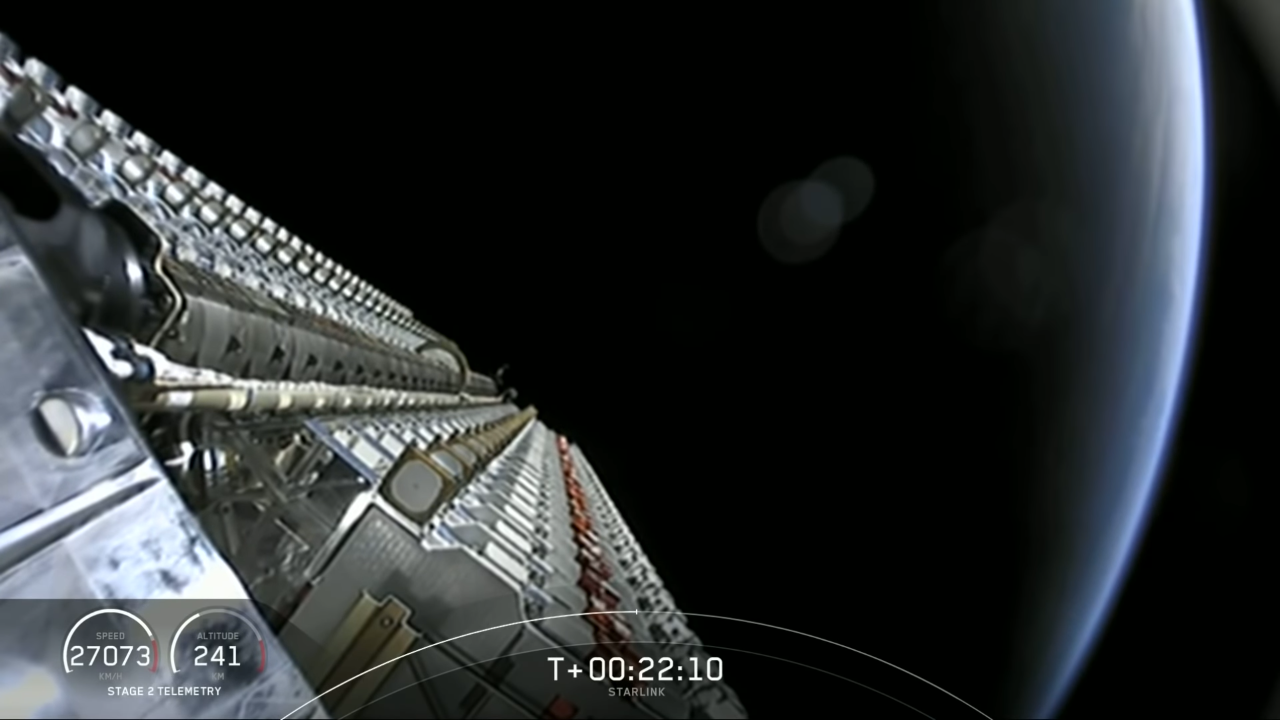with the constellation star linkSpaceX intends to deploy thousands of small satellites in low orbit to provide internet access to almost any point on the globe, without being dependent on the constraints of terrestrial networks.
The deployment has begun and the service is even available in several countries (including France) but the first releases of clusters of satellites have revealed a problem: the lines of Starlink satellites gaining their orbit are very bright and can disturb astronomical observations.
The scientific community was moved by this new visual pollution which undermines the study of the stars via terrestrial optical instruments. Faced with discontent, SpaceX has set up the equivalent of a VisorSat “sunshield” on its satellites aimed at significantly reducing reflected light.
If this has helped to calm the discontent of astronomers a little by reducing the luminosity almost to the level of international recommendations, the next launches of groups of satellites risk reviving it. Indeed, it will be Starlink v1.5 satellites without the famous sun visor because it is not compatible with the intersatellite laser communication system that SpaceX wants to test.
The community of astronomers already notes that they will be much brighter than the versions with VisorSat, constituting a step back and again the risk of hindering observations.
Fear on Starlink v2.0 satellites
But this is only the beginning. SpaceX next plans to launch Starlink v2.0 satellites using its Starship Heavy Launch Vehicle and these new models will be bigger and brighter than v1.x.
Elon Musk, boss of SpaceX, has made no secret that Starlink’s profitability will come from more advanced and efficient v2.0 satellites, but astronomers are already worried about the nuisance they will cause to observations.
SpaceX says it is working on solutions to limit the brightness of its next generation, including reflecting sunlight in directions away from Earth, with a light attenuation greater than any applicable black coating.
Black paint solutions are not preferred and even vantablack (from carbon nanotubes), which produces a very deep black, would not last long in the harsh conditions of near space.
Another solution could come from regulations imposing a framework and limits on the brightness of satellite constellations, and not necessarily only that of Starlink. But this remains for the moment in the state of discussion only.
.
The post new satellites again worry astronomers appeared first on Gamingsym.

